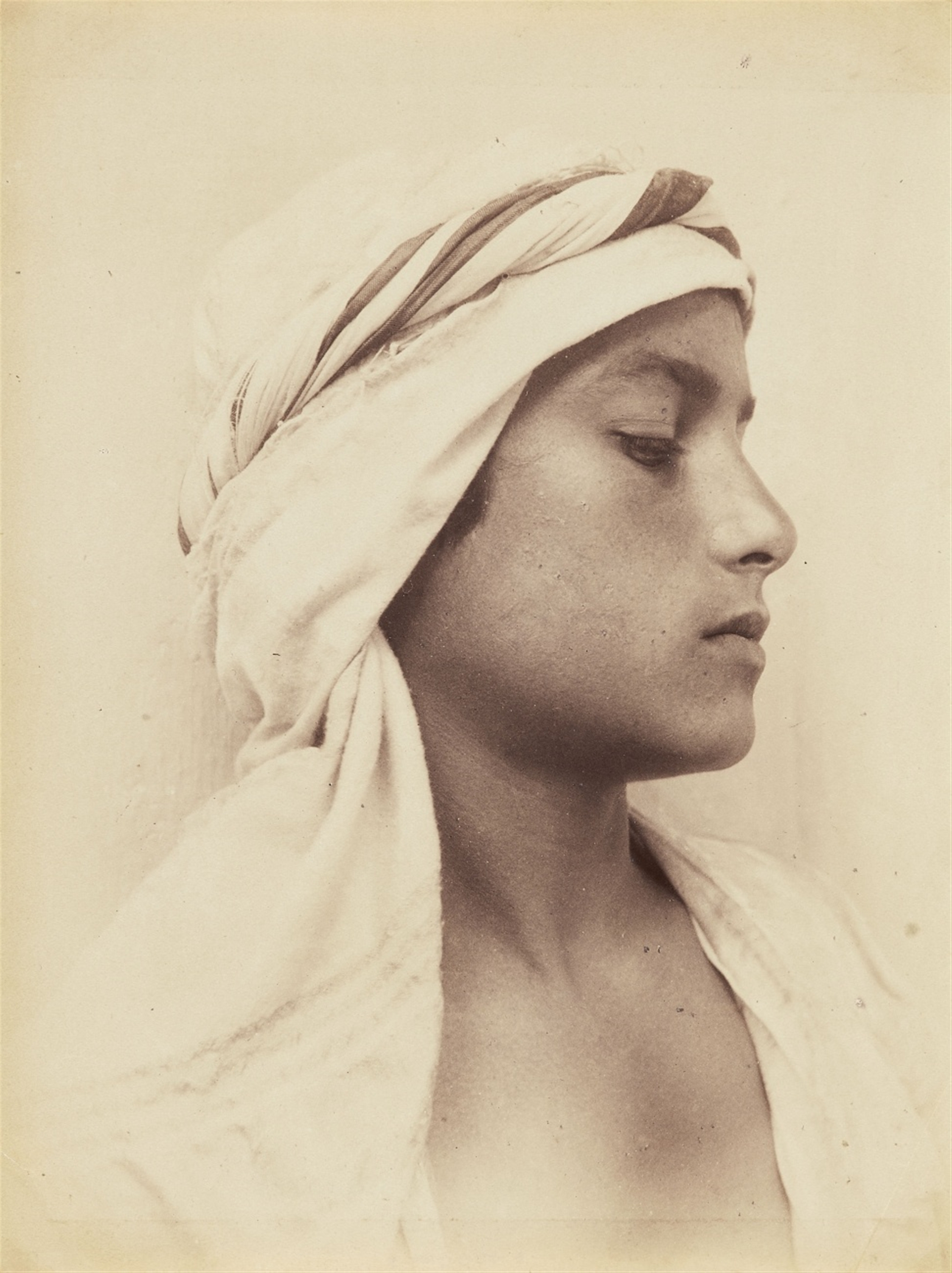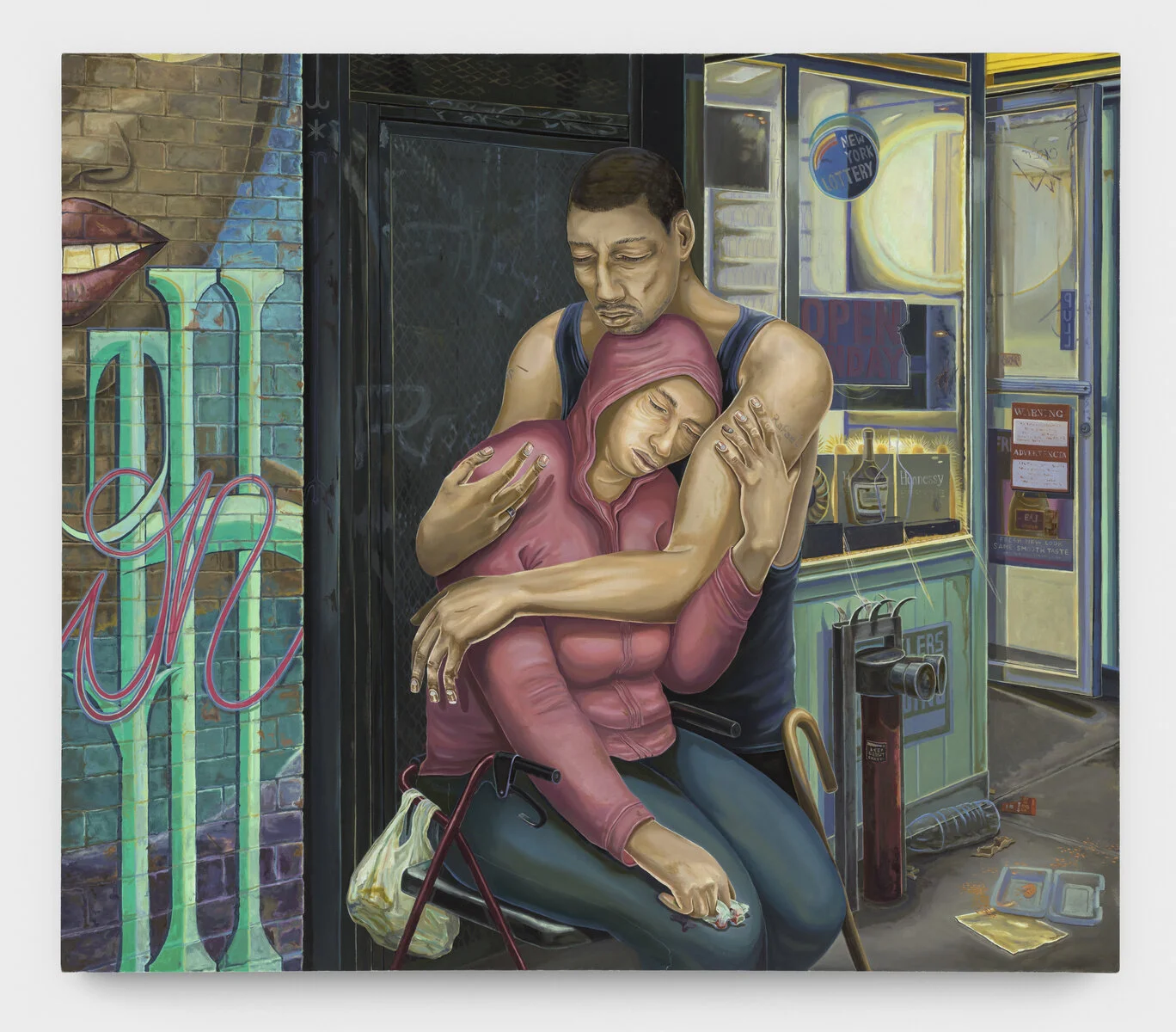Oscar Wilde & Wilhelm von Gloeden
"Marvellous Boys"
New York, 322 Grand Street
Marvellous Boys, an exhibition consisting of photographs by German photographer Wilhelm von Gloeden (1856-1931) and an autograph revision of The Picture of Dorian Gray by Irish writer Oscar Wilde (1854-1909).
Throughout Von Gloeden’s career, he captured pastoral nudes of young men in Sicily. Upon his 1877 arrival to Taormina, he saw young men as vestiges of a Greco-Roman golden age when male homoeroticism was relatively tolerated. Inspired by the liberalism and Arcadian landscapes he saw in Sicily, Von Gloeden reappropriated classical culture through his nude sitters, accessorizing them with Greco-Roman motifs of skimpy togas, olive wreaths, and amphorae. He strictly opposed studio photography, working exclusively en plein air in antique or rocky natural settings, where he would lather his models in a mixture of milk, olive oil, and glycerin for a mesmerizing glow. His groundbreaking, strikingly realistic liberation of the body was simple and romantic, attracting appreciation in European capitals and branding Sicily for fin-de-siècle gay artists as a destination frozen in a tolerant, bygone era.
Wilhelm von Gloeden (1856-1931) Achmed 1895 Albumen print, printed 1909 8.7 x 6.6 in. (22.1 x 16.8 cm.)
This retrospective looks at Von Gloeden’s classicized boys in Sicily from the perspective of Irish writer Oscar Wilde. Wilde was one of Von Gloeden’s most fervent supporters, visiting him in 1898 out of admiration for his work’s aesthetically-driven, unapologetic, homoerotic display of Sicily’s “marvellous boys”. Wilde sought a queer safe haven in Taormina during the summer of 1898 to escape his tumultuous relationship with Lord Alfred Douglas and the persecution it had brought him in England. In Taormina, Wilde frequently visited Von Gloeden’s studio, cultivating a fond relationship with the photographer, finally leaving Sicily with a suitcase full of Von Gloeden’s shots of Taormina’s boys.
Wilhelm von Gloeden (1856-1931) Untitled 1890 - 95 Albumen print, printed 1906 9 x 6.7 in. (22.8 x 16.9 cm.)
The works exhibited have a distinctly Wildean aesthetic in the way they capture the men of Sicily; Von Gloeden’s photography is “art for art’s sake”, following Wilde’s belief that art should be purely visual and void of any underlying social or moral agenda. For this clear parallel and Wilde’s deep connection to Von Gloeden and Sicily, we juxtapose the photographs alongside Wilde’s revised literature of The Picture of Dorian Gray. The work is considered to be one of the best-known homoerotic novels by Wilde. In the story, Basil Howard paints a portrait of Dorian Gray, depicting him as an exceptionally beautiful man reminiscent of a “young Greek martyr”. Wilde had to revise the story numerous times as it violated laws guarding public morality of the time, resorting to Hellenism as code for homoeroticism. Von Gloeden similarly used Greek motifs in his photography for the same purpose of hinting at queer love and desire. To honor Wilde and Von Gloeden’s cunning use of Greek motif, we are also exhibiting Greek sculpture alongside Wilde’s revised literature and Von Gloeden’s photography.
Wilhelm von Gloeden and Oscar Wilde mused nostalgically on ancient Greek and Roman motifs to justify that no art should suffer incursions from the moral sphere.
On view through September 30, 2018








